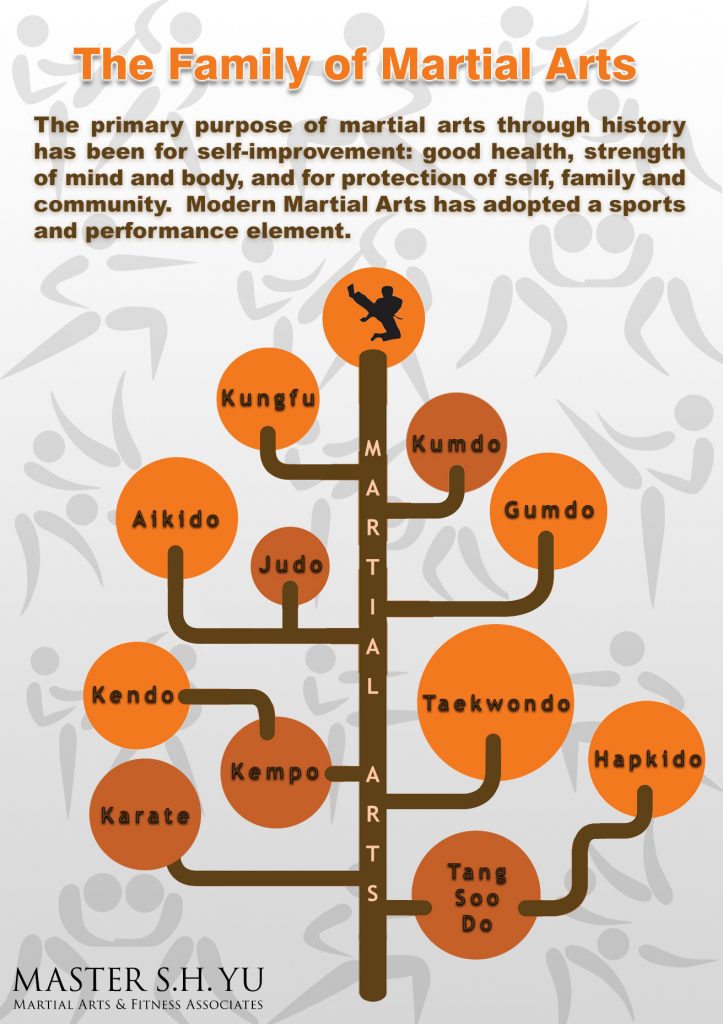Conventional Martial Arts Vs. Modern Combat Sports: Recognizing The Key Differences
Conventional Martial Arts Vs. Modern Combat Sports: Recognizing The Key Differences
Blog Article
Uploaded By- academy of martial arts
When you consider martial arts, do you lean extra toward the standard methods or the modern battle sports? Each course offers unique advantages and experiences, formed by their viewpoints and training methods. Typical martial arts highlight personal development and self-control, while contemporary combat sports focus on competitors and efficiency. Recognizing these distinctions can lead you in choosing the ideal method for your trip. However exactly how do these distinctions materialize in training and philosophy?
The Philosophy and Background Behind Typical Martial arts
While lots of people associate martial arts with physical fight, the viewpoint and history behind conventional martial arts run much deeper. You'll locate that these disciplines stress individual development, discipline, and regard.
Stemming from ancient practices, typical martial arts were frequently developed for Self-Defense and spiritual growth. why is martial arts good for kids symbolize principles such as equilibrium, harmony, and self-control, leading practitioners beyond mere combating skills.
As you train, you'll not just discover methods however also gain understandings right into the society and values that formed these arts. The rituals and customs, commonly passed down via generations, cultivate a feeling of community and belonging.
The Competitive Nature of Modern Combat Sports
Modern fight sports have transformed the landscape of martial arts right into an extremely competitive sector, where professional athletes challenge in a test of skill, strategy, and endurance.
You'll observe that competitions are commonly arranged with strict guidelines and policies, making certain fair game and safety and security. These events draw in large audiences, sustaining the enjoyment and intensity of matchups.
Professional athletes train rigorously, not just for physical expertise but also for psychological toughness, understanding that every detail counts in the ring. The adrenaline thrill during competitions is palpable, as fighters press their limits to claim triumph.
Fans value the athleticism and artistry included, making contemporary fight sports a thrilling spectacle that remains to advance and astound fanatics all over the world.
Training Approaches and Strategies: A Comparative Analysis
The affordable environment of contemporary fight sporting activities needs innovative training methods that differ dramatically from traditional martial arts.
In contemporary training, you'll focus on certain strategies, competing, and conditioning, frequently utilizing drills that imitate real fight circumstances. You'll see an emphasis on quantifiable performance and frequent competitors to analyze your skills.
On the other hand, standard martial arts focus on kinds, katas, and philosophical mentors, typically highlighting discipline and respect over competition.
Training is usually less extreme and might involve repetitive method rather than real-time sparring.
While both techniques build skill and fitness, modern combat sports supply a much more vibrant and adaptable training atmosphere, preparing you for immediate difficulties in the ring or cage.
Choose the course that lines up with your objectives and passions.
Final thought
In picking in between traditional martial arts and modern-day combat sports, it really comes down to what you value the majority of. If you're seeking individual growth, discipline, and a feeling of area, typical arts could be your ideal fit. Yet if you prosper on competitors and real-time difficulties, contemporary fight sporting activities could be the method to go. Eventually, both paths offer one-of-a-kind benefits, so it's everything about straightening your training with your personal objectives and rate of interests.
